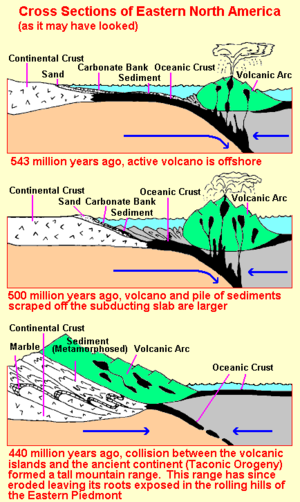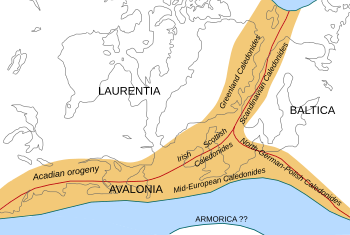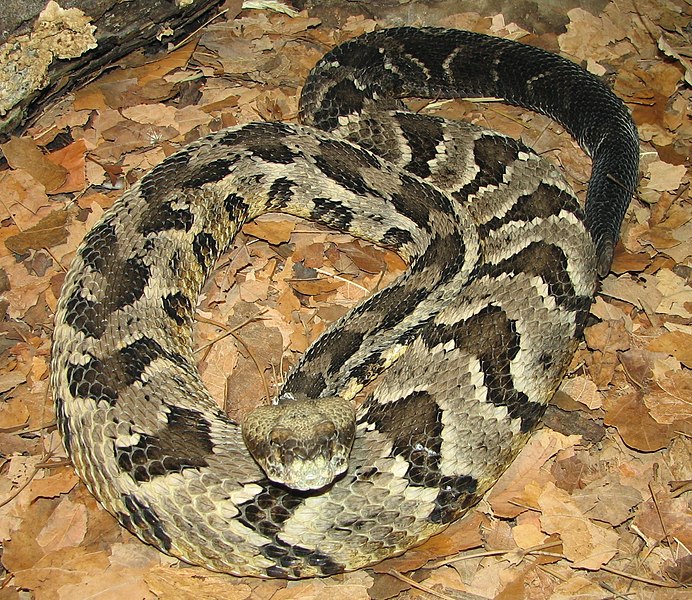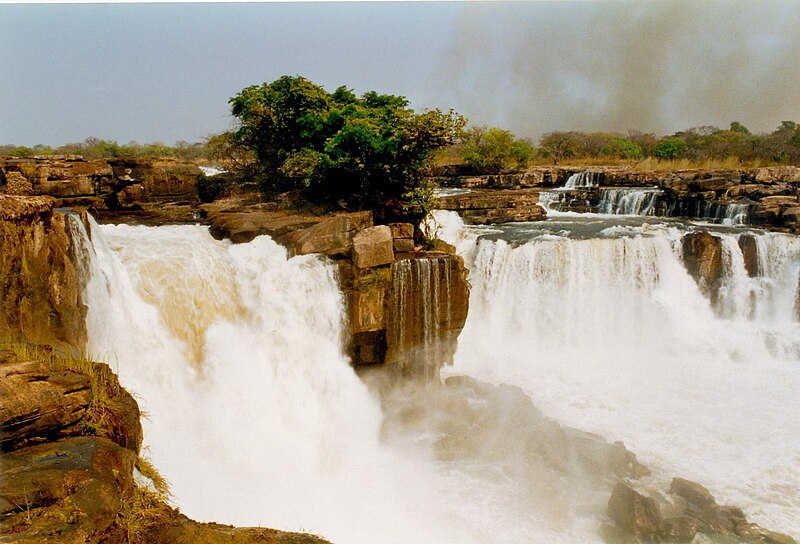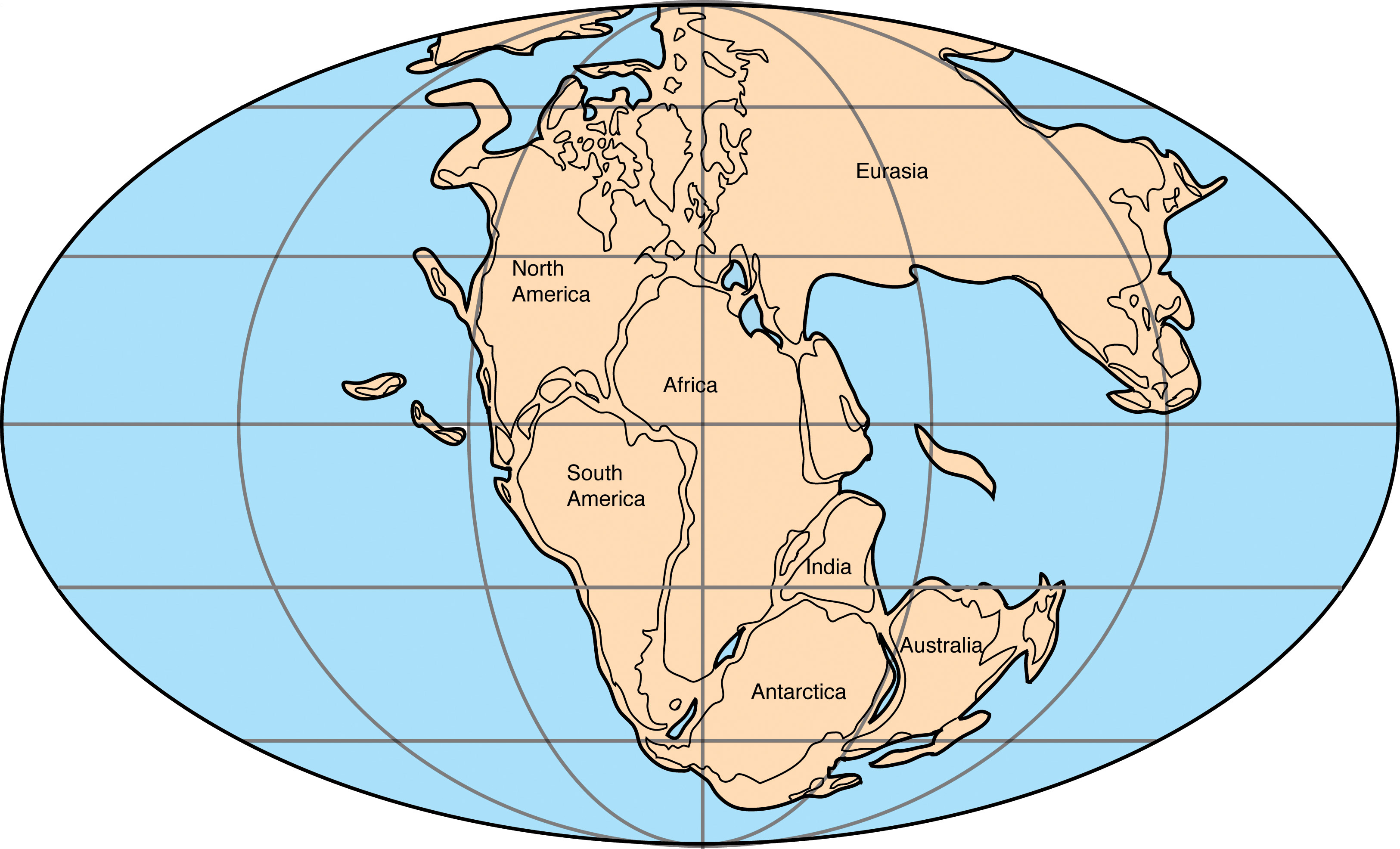 |
| Illegal Gold Mining in Africa |
Outlaw Gold is not something left over from the days of the
Wild West it is an illegal method of mining gold that goes on today. It is
especially prevalent in the countries of South America
also this practice can be found all over the world. It is often used in
financing rebellions and terrorism on a global scale. It's not only goal these illegal miners are
seeking they also hunt out diamonds and other precious commodities including
trees and raising illegal cattle.
It isn’t the uncontrolled damage they do to the earth
itself, but it is also the collateral damage by destroying the rain forest and
polluting the earth with the chemicals they use for recovering gold. These highly dangerous chemicals include
cyanide and mercury that are released into the environment. These chemicals are used commonly by outlaw
miners, than released then they are released as contaminants.
One of the areas being badly affected is the Amazon
rainforest in Brazil, Columbia, Ecuador, Guyana, Peru and Venezuela where large
areas are being laid waste. With large
areas are being mined by outlaw gold miners being driven by the ever increasing
price of gold as investors try to find shelters in commodities rather then the
stock market. Gold futures have recently
traded for over US$1,600 for delivery in December. Gold recently reached a record high on September 22, 2011 of US$1,923.70 per
troy ounce. (31.1 grams/ounce). Many
gold experts expect gold to rise to US$2,000 per ounce by years end.
Outlaw gold mining has increased in the rain forests of the Amazon Basin and other parts of the world
that have mineral riches to the extent that in many places in the world the
situation has gotten out of control. In
some of the areas affected the increase of illegal mining activity has rose six
fold in recent years. Brazil
it the exception to the rule since they have better law enforcement policies. It is still a problem for Brazil ,
however with no easy solution. Most of
the damage is caused by drilling and blasting causing deforestation and the use
of mercury by the miners that pollutes both the air and water of the affected
area.
The large mining companies are not to blame for this
situation, rather it is the outlaw companies that do not apply modern mining
methods and in many cases are quite primitive.
As a consultant to a mining operation in South America
I am only too well aware that in just the practice of blasting many of these
operators are working like it was still the 19th century where a
blast is initiated with a cigar and length of fuse. There are far better methods for this then a
stogie.


